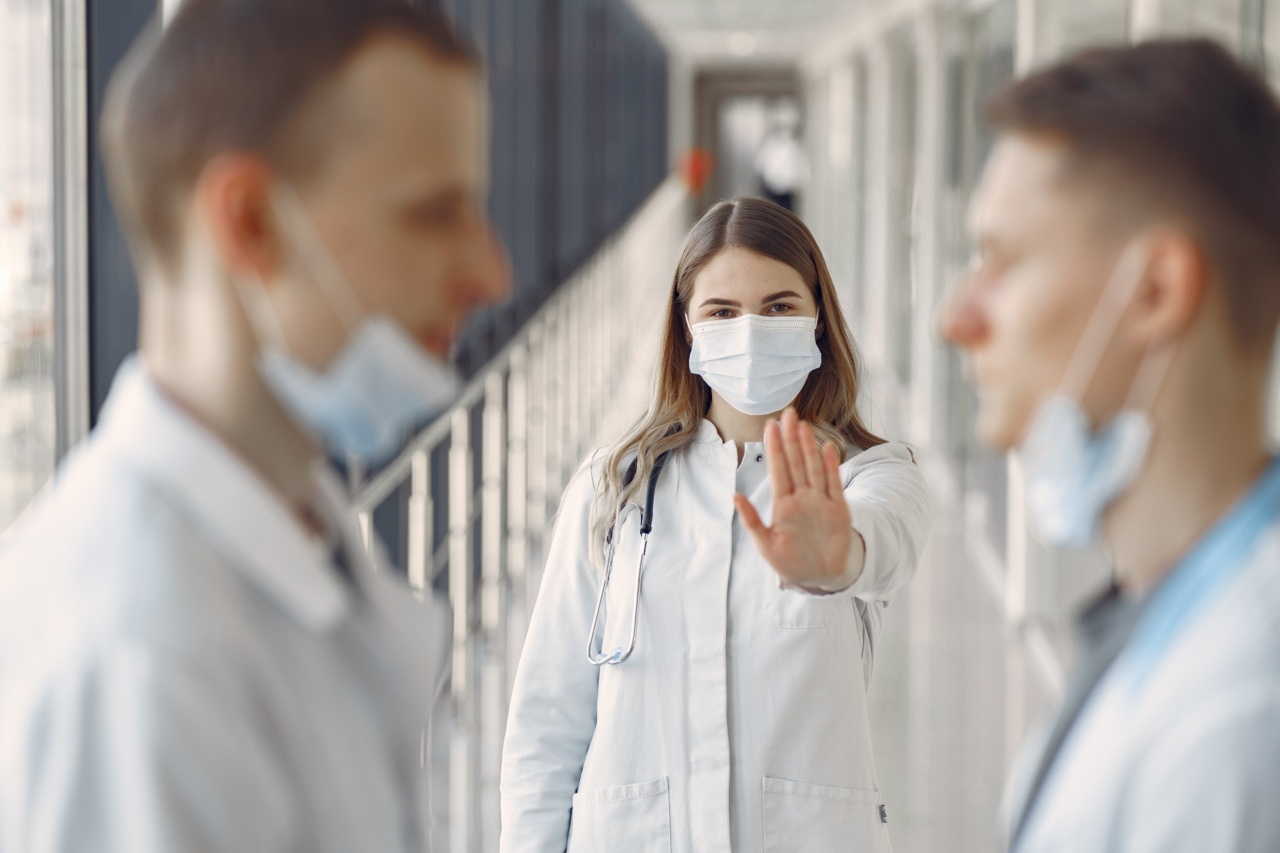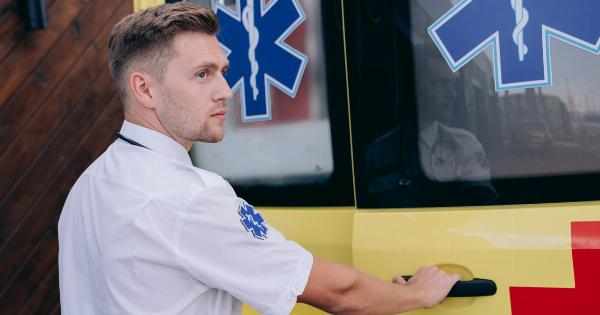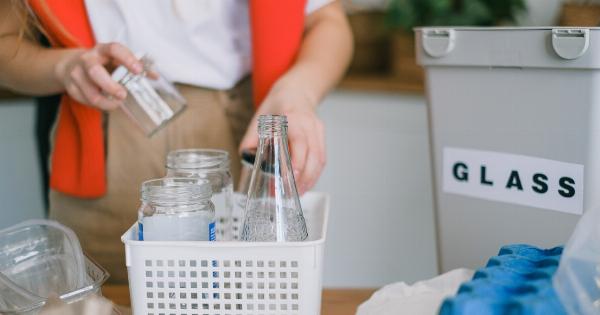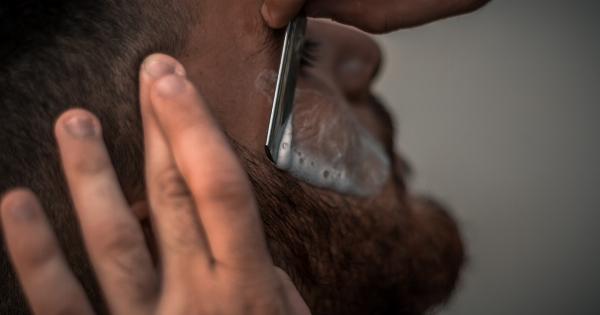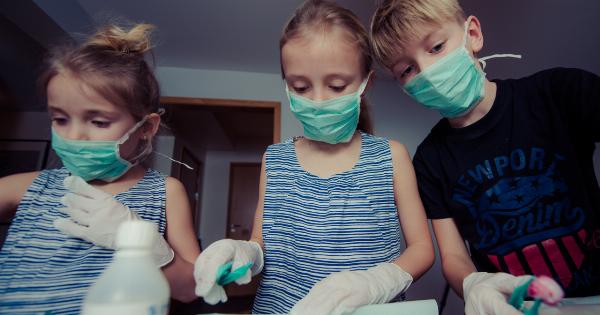Accidents and injuries can happen at any time, whether it’s at home, work, or during outdoor activities. One of the first things to do when someone gets injured is to stop the bleeding.
Knowing basic first aid techniques to control bleeding is an essential skill that can save a life. Here are some tips on how to stop bleeding effectively.
1. Apply Pressure
Applying direct pressure to the wound is the first step in controlling bleeding. Place a clean cloth or gauze over the wound and press down firmly with the palm of your hand. Hold the pressure for at least 5 minutes, or until the bleeding stops.
If the cloth becomes soaked with blood, add another layer on top, but don’t remove the original cloth as this may disrupt any clots that have formed.
2. Elevate the Wound
Raising the injured area above the heart can help slow down the blood flow. For example, if the wound is on the leg, elevate the leg as high as possible. Be sure not to move the injured area too much to avoid further damage or pain.
Elevating the wound is especially useful for minor cuts and grazes.
3. Apply a Tourniquet
A tourniquet is a band that is wrapped tightly around an injured limb to stop the blood flow. This is only recommended as a last resort when heavy bleeding can’t be controlled by direct pressure.
A tourniquet should only be applied by a trained professional, as it can be dangerous if applied incorrectly.
4. Use a Pressure Point
A pressure point is an area of the body where a large artery runs close to the skin’s surface. Pressing on this area can help control bleeding. There are different pressure points for each part of the body.
For example, if the injury is on the arm, press down on the brachial artery (on the inside of the arm, above the elbow). If the injury is on the leg, press down on the femoral artery (at the groin).
5. Apply a Powder
There are powders available that can be used to stop bleeding quickly. The powder works by creating a protective barrier that seals the wound, and speeds up the clotting process. The powder is safe to use and has no side effects.
However, it’s important to apply pressure to the wound first to remove any debris and clean the area before applying the powder.
6. Use a Hemostatic Agent
A hemostatic agent is a product that is designed to promote blood clotting. These products come in different forms, such as powders, gels, and sponges.
Hemostatic agents work by activating the body’s clotting mechanism, which stops the bleeding quickly. These products are especially useful for injuries caused by sharp objects, such as knives or broken glass.
7. Apply Ice
Applying ice to a wound can help reduce swelling and slow down bleeding. Place a cold compress or ice pack on the injured area and wrap it with a cloth. Do not place ice directly on the skin, as this can cause frostbite.
Leave the ice on for about 10 to 15 minutes at a time, and then remove it for at least an hour before reapplying.
8. Clean the Wound
Before applying any of the above techniques, it’s important to clean the wound thoroughly. Use soap and warm water to clean the area around the wound, but do not apply soap directly to the wound as this may cause irritation.
Gently pat the area dry with a clean towel. If there are any dirt or debris left in the wound, use tweezers to remove them carefully.
9. Seek Medical Attention
If the bleeding is severe, call for emergency medical help immediately. Heavy bleeding can be life-threatening and requires immediate attention from medical professionals.
Additionally, if the wound is deep, has jagged edges, or is caused by a dirty object, it’s important to seek medical attention. Tetanus shots may be required to prevent infection.
10. Follow Up
Once the bleeding has stopped and medical attention has been given (if necessary), it’s important to monitor the wound carefully to ensure it’s healing correctly. Keep the wound clean and dry to prevent infection.
Change dressings regularly, and watch out for any signs of unusual discharge, swelling, or redness around the wound. If any of these symptoms appear or if the bleeding restart, seek medical attention immediately.
